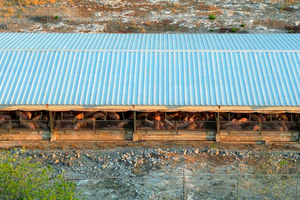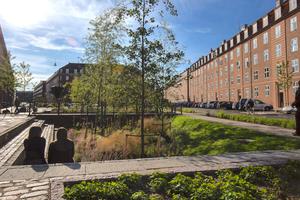Streams and rivers across much of the U.S. are getting saltier and more alkaline due to an uptick in the use of road deicers and fertilizers in recent decades, according to a 50-year-long analysis of 232 monitoring sites by the U.S. Geological Survey.
The new analysis, published this week in the Proceedings of the National Academy of Sciences, found that salinization is most prominent in the eastern and midwestern U.S. In addition to road deicers and fertilizers, researchers found sewage system spills and hydraulic fracturing are also contributing to higher salt levels, as well as to accelerated weathering of concrete.
Saltier water is more corrosive, which can damage pipes and increasing the risk of lead entering municipal drinking water — which is part of what lead to Flint’s lead crisis. It can also more easily wear away at concrete, rocks in rivers, and minerals in soil and water, which make water more alkaline. The analysis found that 66 percent of monitored waterways showed “a statistical increase in pH.” More alkaline water can also damage pipes, worsening the problem.
The researchers warned that this “freshwater salinization syndrome,” as they refer to it in the study, could pose health problems for people with high blood pressure who require low-sodium diets or those who need kidney dialysis.
“Until now we didn’t fully appreciate the role that different salts play in altering the pH of streams and rivers of our country,” Sujay Kaushal, a University of Maryland geologist and the lead scientist of the study, told Reuters.


